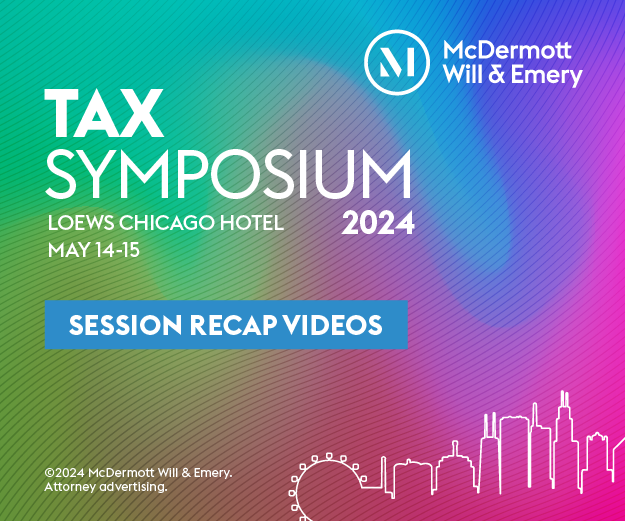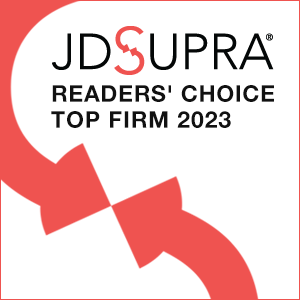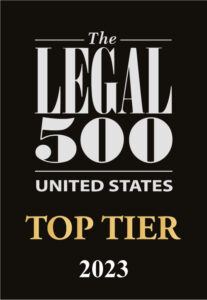The California State Legislature overturned Microsoft’s recent win at the Office of Tax Appeals, which held that the gross amount of dividends received from foreign affiliates outside its water’s-edge group should be included in its sales factor denominator, regardless of the application of a dividends-received deduction excluding 75% of such dividends from its taxable base.
The legislation declares that FTB Legal Ruling 2006-1 “shall apply with respect to apportionment factors attributable to income exempt from income tax under the Corporation Tax Law,” and it claims that the declaration “does not constitute a change in, but is declaratory of, existing law.” Consistent with the FTB’s position in the Microsoft case, Legal Ruling 2006-1 would limit the sales factor denominator to the net dividends included in the tax base.





